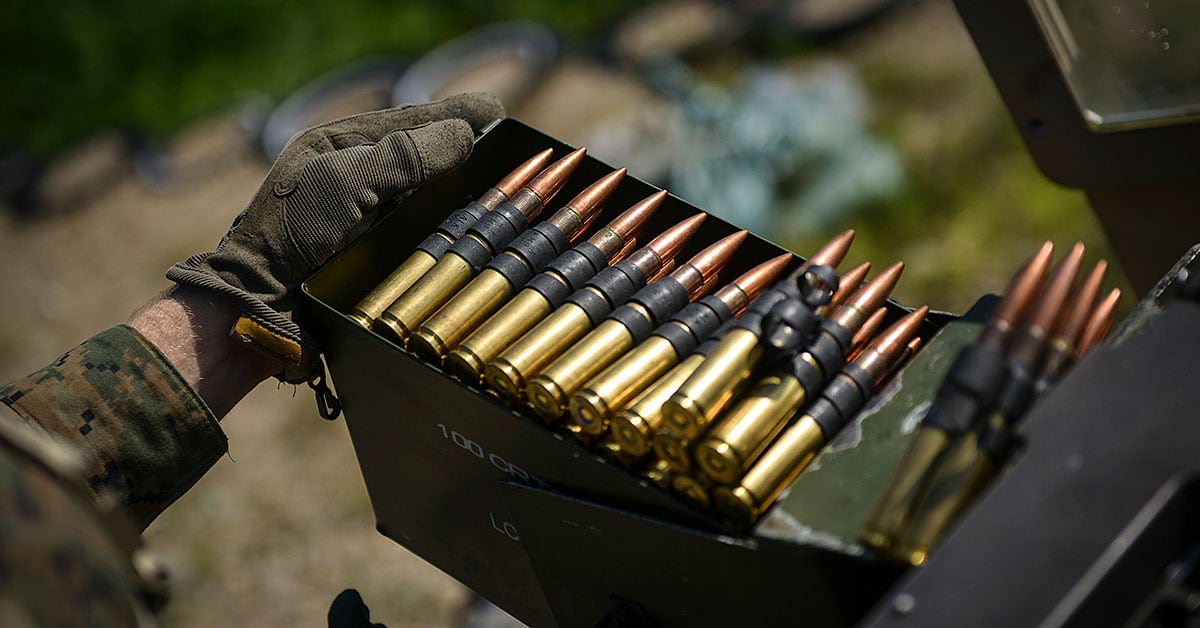The Marine Corps seems to have misplaced some artillery projectiles on Camp Pendleton, California.
On Oct. 19, Camp Pendleton, California, officials received two reports of unexploded ordnance within the 43 area of the base, commonly known as Las Pulgas, Task and Purpose first reported.
Las Pulgas is the home to the 11th Marine Regiment, an artillery unit composed of several batteries that fire 155 mm shells.
Upon investigation, emergency services and explosive ordnance disposal personnel found one 155 mm projectile, California spokesman Capt. David Mancilla told Marine Corps Times in a written statement Thursday.
RELATED

“Upon securing rendering the immediate area safe, EOD and Emergency Services personnel provided overnight security to facilitate the safe destruction of the round on-site,” Mancilla said.
The Marine Corps did not say what type of shell was discovered.
If it was the high explosive shell often issued to howitzer batteries for training exercises, the projectile may have contained around 24 pounds of TNT.
On Monday, the Marine Corps found two more 155 mm projectiles in the Las Pulgas area.
Though the Corps did not say what type of projectiles were found, Mancilla said both shells were found to be nonexplosive.
Nonexplosive 155 mm projectiles used by Marine Corps artillery include illumination rounds and white phosphorus-based smoke rounds.
The two shells were disposed of at a “separate and safe” location, Mancilla added.
The 11th Marine regiment has launched an investigation, Task and Purpose reported.
This is not the first time 155 mm shells have been found unexpectedly.
In 2015 highway workers near Fort Bragg, North Carolina, discovered four 155 mm shells, which were estimated to be 10 or 20 years old at the time, Army Times previously reported.
And in 2018 a soldier confessed to stealing a M107 high explosive 155 mm projectile years prior, Task and Purpose reported.
Though 155 mm projectiles weigh about 100 pounds, at around 2.5 feet tall, without a fuse they can fit into a Marine Corps issued improved load-bearing equipment pack.





